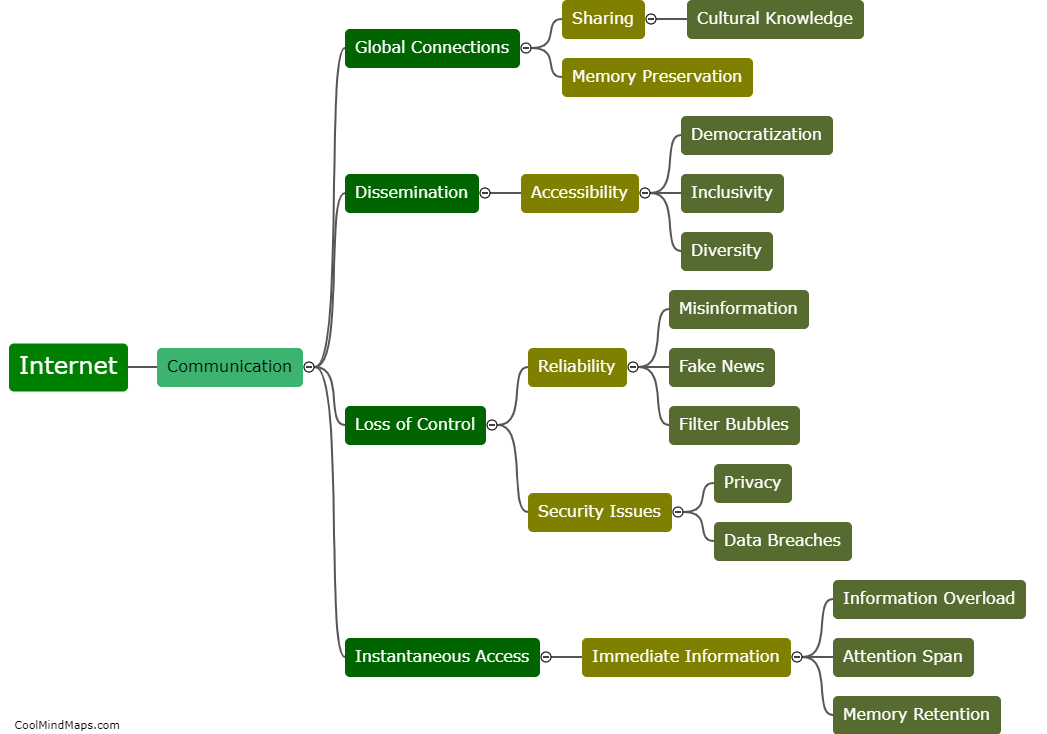How is the archive created and maintained in memory studies?
In the field of memory studies, the creation and maintenance of archives are key elements in preserving and understanding collective memory. Archives in memory studies typically encompass a diverse range of materials, including personal testimonies, oral histories, photographs, diaries, official documents, and other artifacts that capture and represent memories of individuals, communities, and societies. These archives are created through various means, such as interviews, surveys, digital technologies, and the collection of physical documents. Once established, maintaining archives requires careful curation, organization, and digitization to ensure accessibility and longevity. Archivists and memory scholars play a critical role in preserving these archives, as they curate, catalogue, interpret, and provide access to the historical memories and narratives they contain. The creation and maintenance of archives in memory studies are fundamental in the ongoing exploration and understanding of how societies remember and interpret the past.

This mind map was published on 23 October 2023 and has been viewed 83 times.











